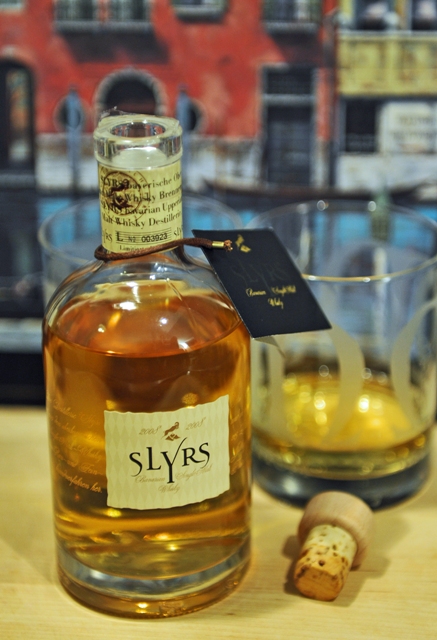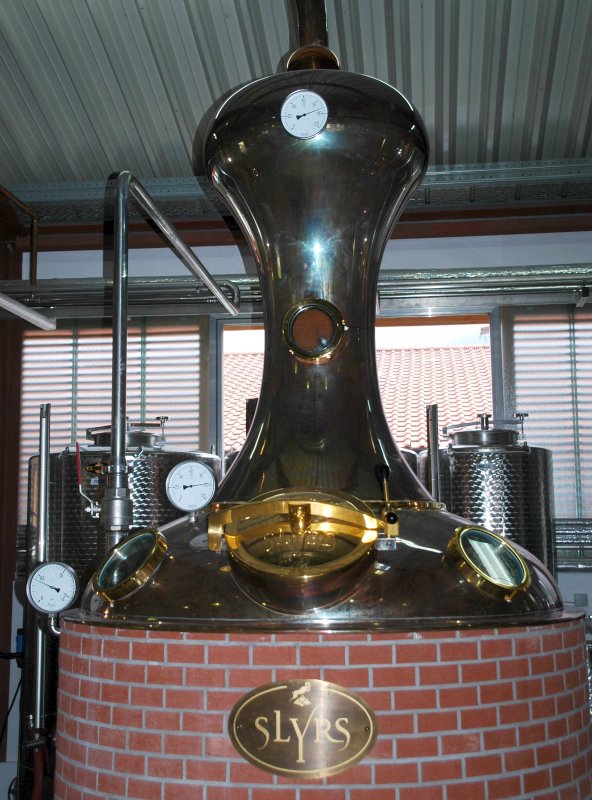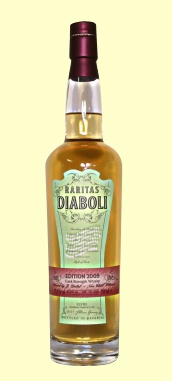Munich Day Trip - Aying
 Thursday, August 4, 2011 at 0:00
Thursday, August 4, 2011 at 0:00 Most of our previous 'Day Trip' blog posts, like this one to Kufstein, have a destination at least 1-2 hours away from Munich by car. If you don't need a mountain fix in the Alps, there are options closer to the city that still feel like you're getting away.
One such destination is a walk from Aying -- it's a small town (population 4,500) with a station on the S-Bahn (commuter train). It takes about 40 miniutes from the Ostbahnhof to get there on the S7 line. The trains run every 20 minutes in each direction, during normal hours.

Aying is most well known for its brewery Ayinger... but that is something to visit after our walk.
After you get "out of town" (which just means walking down the main street -- that's basically all there is) the route will run in a circle, past Göggenhofen to Grosshelfendorf. The return path goes through Heimatshofen and Graß (Grass) back to Aying. All of the above are very small, and you walk through these villages in minutes.
Here is a map (plus ascent/descent chart) I found on a German site:

As you can see in the chart above, there are no mountains here! The complete circle takes about 2.5 hours to walk, depending on speed and stops of course. And 9 of the 12 kilometers are on some kind of sidewalk or street ("asphalt"), while the rest simply uses the local farmers' tracks or wide forest path ("weg").
In an early stretch between Aying and Grosshelfendorf, the route goes off-road through light woods, and I caught it at the perfect time for a photo (this was in the Winter, obviously).

The primary destination of this walk is the Marterkapelle (Martyr's Chapel) of St. Emmeram in Kleinhelfendorf, marked on the map above with a cross. This is what it looks like on approach across the farmer's field:
As the story goes, the itenerant bishop St. Emmeram was martyred nearby in the year 652. The Bavarians were "idolaters" at this time and he was trying to convert them, but I guess after 3 years the Duke of Bavaria had heard enough and had him killed. The chapel has a large scene depicting the event in the middle of the church, almost entirely made of wood (see photos below).
In the center of the display is the martyr's stone, where supposedly the saint died. Pretty gruesome rendering of the martyrdom:
The ceiling shows biblical events and themes too, in the rococo (late Baroque) style. Note that the original chapel was built in 1640, but was replaced in 1752 with the current structure -- renovations are probably what keep it looking clean, bright, and colorful. 
Kleinhelfendorf also has a larger Church of St. Emmeram, which is where Bayern Munich star and German National Team captain Philipp Lahm chose to get married. The Miesbach stucco work is supposed to be some of the nicest in Bavaria. It's fine for a second stop along the route -- the two are quite close (church left, chapel right).
If you don't have the time (or desire) to head into the Alps, something like this countryside walk around Aying is perfect for a relaxing weekend getaway. Frau A and I will visit the brewery some time too...
 Herr J ...
Herr J ...  Post a Comment
Post a Comment 












